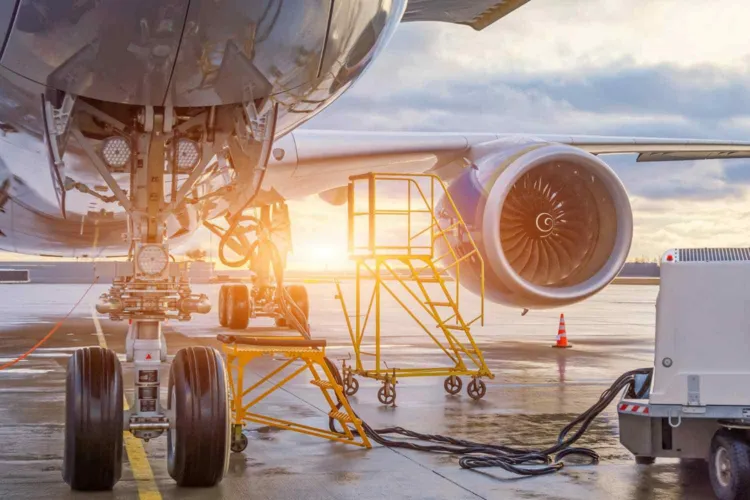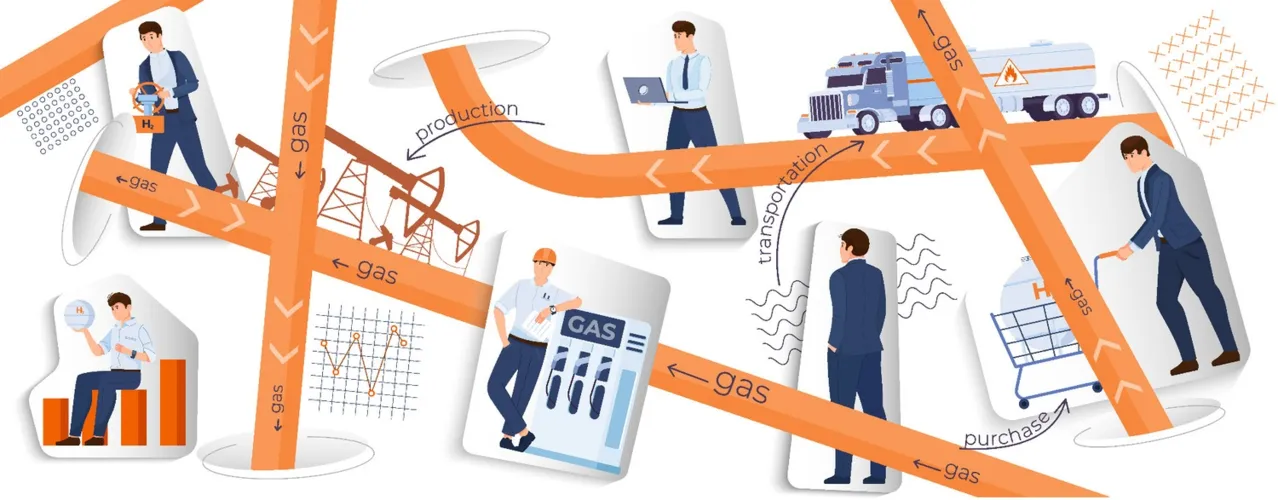Southeast Asia is rapidly positioning itself as a key player in global carbon trading. By the end of 2024, the cumulative issuance of Asian carbon credits reached 2.978 billion tons, representing 56.19% of the global total. This remarkable share reflects Asia’s — and particularly Southeast Asia’s — growing contribution to global emission reduction efforts.
Across the region, countries like Indonesia, Vietnam, Thailand, and the Philippines are driving the momentum with projects centered on nature-based solutions, renewable energy, and waste management. These initiatives are not just environmental; they’re economic, with the Southeast Asian carbon market valued at USD 866.04 billion in 2024, signaling a rapidly maturing ecosystem with long-term potential.
Building Carbon Market Infrastructure and Policy Frameworks
The development of SEA Carbon Credit Markets is deeply intertwined with policy reforms and infrastructure advancements. Singapore, for example, has taken a bold regulatory step by raising its carbon tax from SGD 5 per tonne to SGD 25 in 2024, with plans to increase it to SGD 45 by 2026. This escalation underscores the government’s commitment to driving real emissions reductions while fostering a competitive marketplace for carbon trading.
The city-state has also emerged as a regional hub for carbon exchanges, hosting leading platforms such as AirCarbon Exchange and Climate Impact X. These platforms are pioneering the use of standardized contracts, transparent trading, and efficient systems that give investors confidence and businesses access to credible offsets. Together, they’re laying the foundation for a robust regional carbon trading network.
Meanwhile, other ASEAN countries are steadily advancing their frameworks. Indonesia and Vietnam are refining national methodologies and registries for carbon credit verification, ensuring high-integrity standards that attract both domestic and international participants. Thailand and the Philippines, on the other hand, are exploring blended mechanisms that integrate voluntary and compliance-based approaches, strengthening their alignment with Article 6 of the Paris Agreement.
These developments reflect not only environmental ambition but also strategic economic foresight. As global investors look for credible, transparent, and scalable carbon markets, ASEAN’s evolving ecosystem offers both opportunity and accountability.
A Growing Regional Movement
The expansion of SEA Carbon Credit Markets is redefining how sustainability can be monetized. Southeast Asia’s governments are not just reacting to global emissions reduction targets; they are proactively shaping frameworks that enable bankable projects in renewable energy, blue carbon, and waste recovery.
This convergence of regulatory progress and private-sector innovation is creating a new regional growth frontier. As policy frameworks mature, Southeast Asia is building long-term revenue streams anchored in sustainability — a model that balances ecological preservation with economic advancement.
With its dynamic mix of national initiatives, cross-border cooperation, and digital trading platforms, Southeast Asia is setting a precedent for how emerging markets can lead in the global carbon transition.
Read also: Renewable Energy Deals in SEA Surpass USD 20B in 2025







